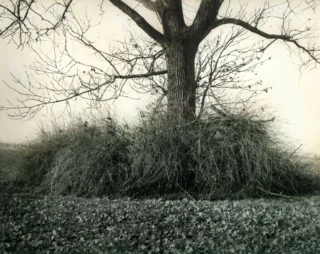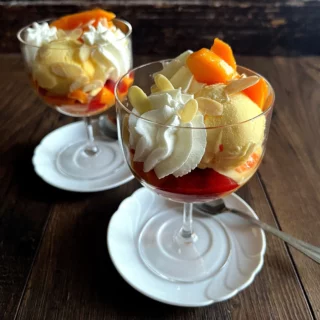Ingar Krauss è uno dei fotografi contemporanei più amati, ma allo stesso tempo misteriosi ed enigmatici. L’artista nasce a Berlino Est nel 1965 da una famiglia umile. Gli viene impedito di studiare arte e, dopo la leva militare, è obbligato a lavorare come inserviente per anni in un ospedale psichiatrico. Autodidatta, comincia a fotografare per sopravvivere al proprio mondo interiore e alla difficoltà, che conserva ancora oggi, di esprimersi con le parole. Dopo la caduta del Muro, comincia così a viaggiare ad est per documentare nei volti dei giovani la transizione sociale tra inquietudini e sogni di un futuro migliore. Con questi ritratti vince nel 2004, quasi all’improvviso, il Leica Prize (sezione Reportage). Estraneo alla mondanità del mondo dell’arte, rifugge tale clamore e si ritira a vivere con la famiglia a Zechin, un un piccolo paese di campagna al confine tra Germania e Polonia.
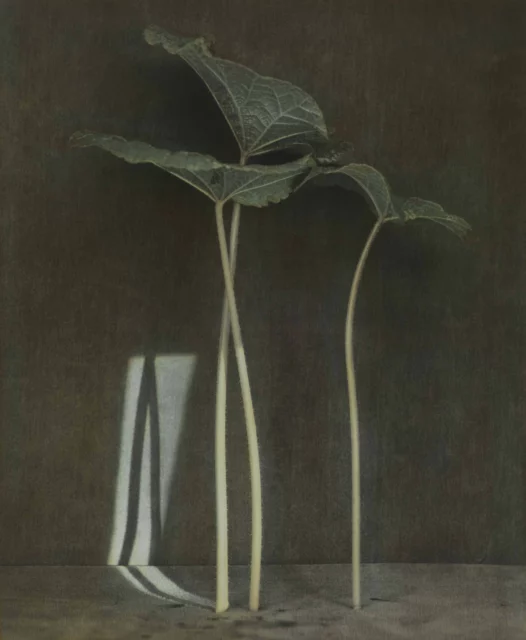
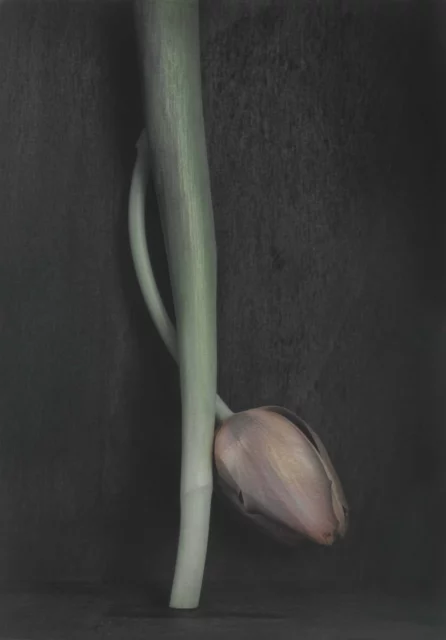
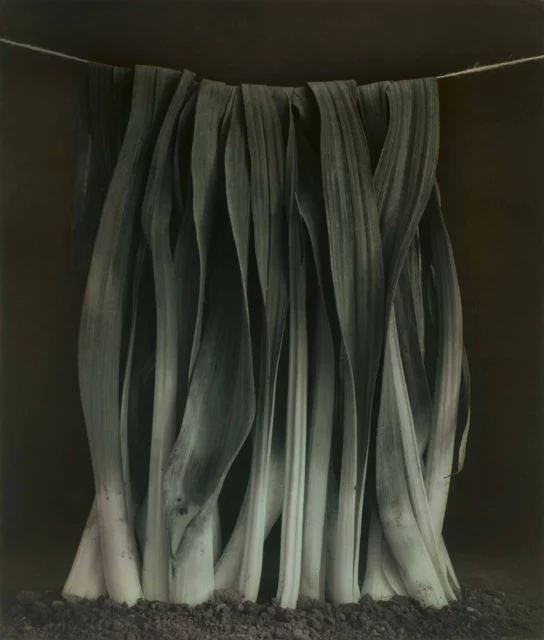
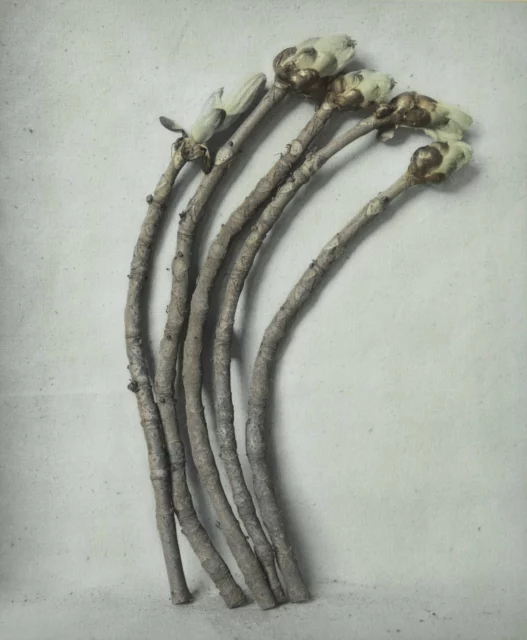
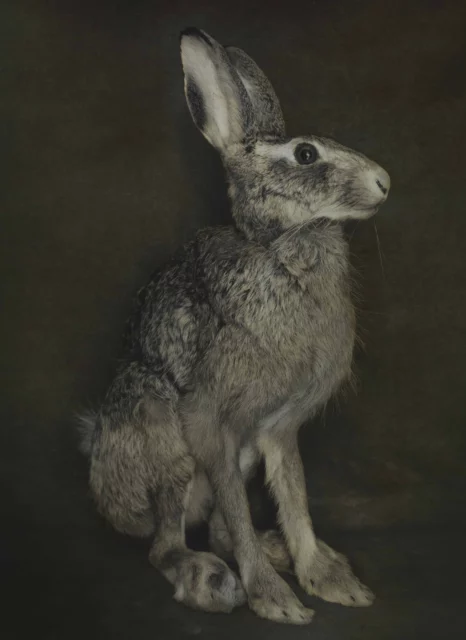
Le nature morte di Krauss
Lontano da tutto e da tutti, accompagnato solo dalla moglie e dalle figlie, si isola in una sorta di esilio bucolico. In questa ricercata solitudine Krauss trova conforto e dà vita a un nuovo ciclo di opere – “nature morte” – a cui si dedica quasi compulsivamente da allora. Krauss ritrova l’essenza dell’esistenza umana nelle cose minime della vita di tutti i giorni. Un campo di mais, un porro, un rovo o un fiore diventano così immagini scultoree e tridimensionali, sempre racchiuse e conservate dall’artista in teche di legno scuro che lui stesso costruisce. Nelle nature morte il bianco e nero dei ritratti lascia spazio a una tavolozza di colori tenui e quasi uggiosi.
Krauss arriva a tale risultato reinterpretando la tecnica della velatura introdotta dalla pittura fiamminga del XV secolo e caratterizzata da sovrapposizioni successive di strati di olio. La lenta essiccazione dei colori consente di introdurre nella fotografia un’inedita profondità, ipnotiche trasparenze e una morbidissima matericità. Ogni immagine è perciò stampata in modo analogico in bianco-nero per poi essere completata con la velatura a olio. Perfezionista e attento al dettaglio in modo quasi maniacale, Krauss sottopone spesso i suoi scatti a più di dieci velature successive: la carta fotografica, così imbevuta, si ammorbidisce e increspa all’interno delle teche, che ne enfatizzano la finale tridimensionalità.
Il risultato è un insieme di opere che richiamo le icone e gli ex voto
Il “nuovo” mondo di Krauss è pervaso da una laica sacralità, un melanconico e meditativo ritorno alle origini, a un rapporto più autentico con la vita e la natura, al di là di noi, al di là del tempo.
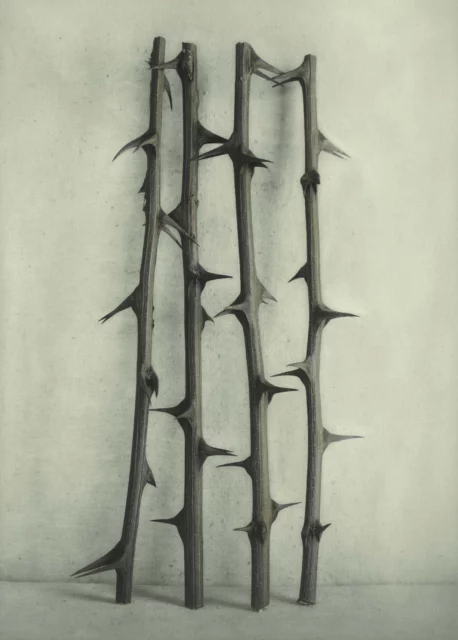
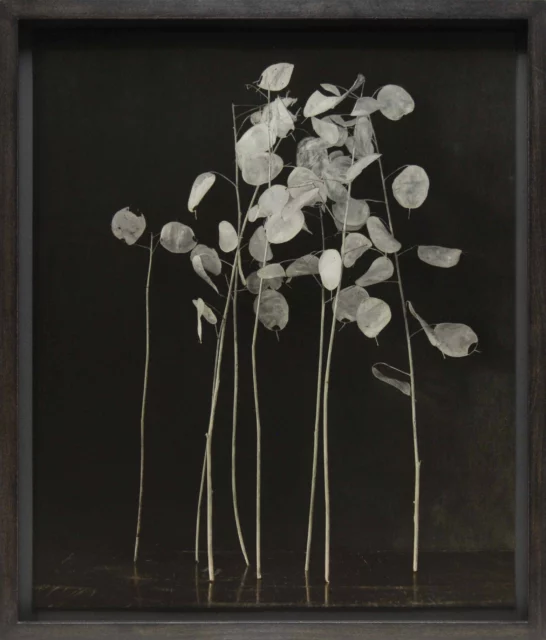
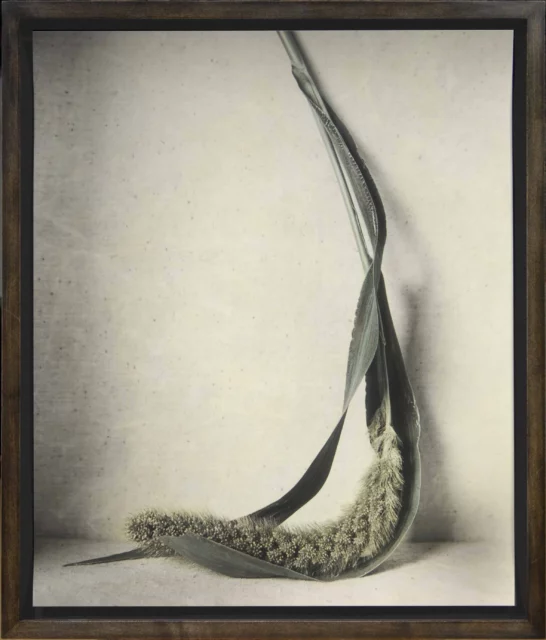
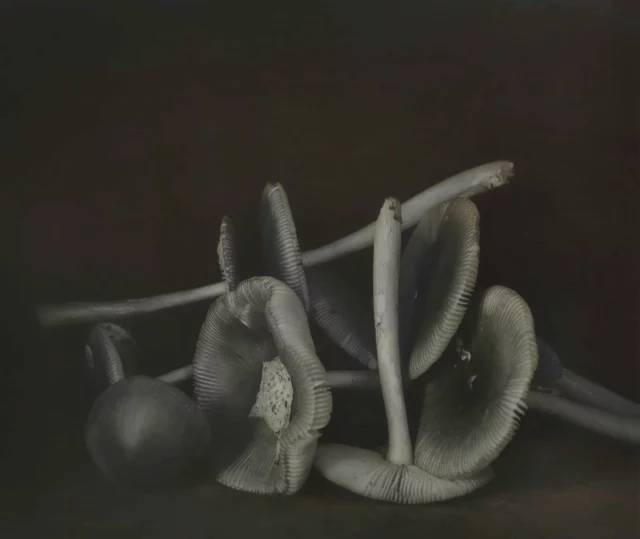
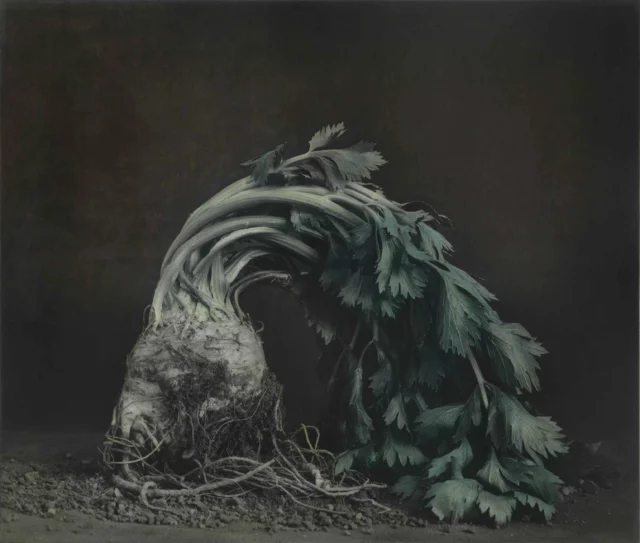
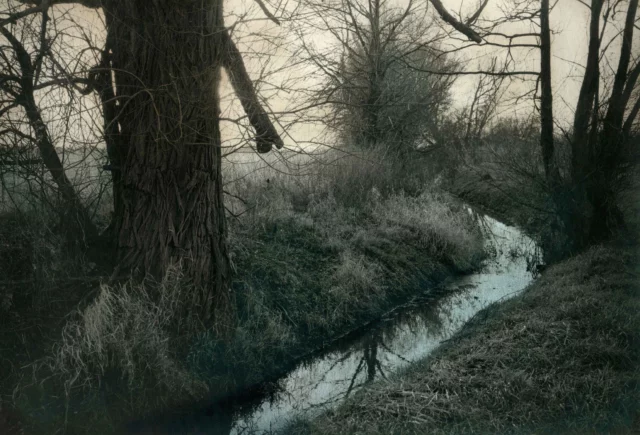
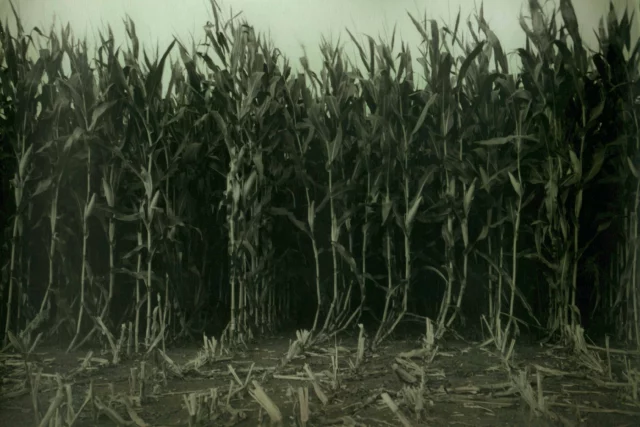
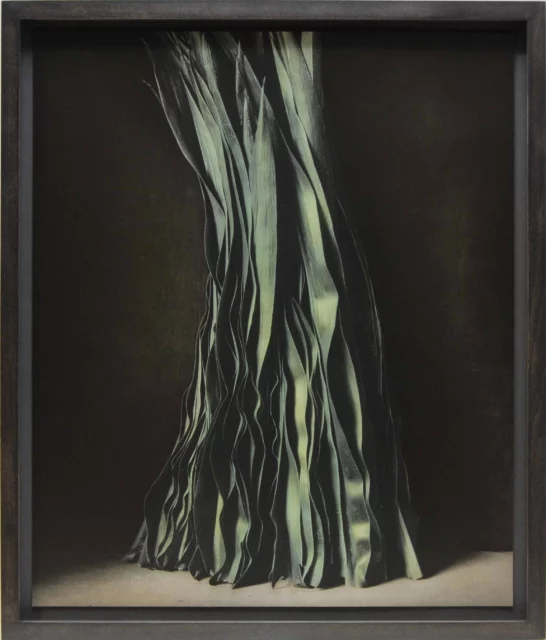
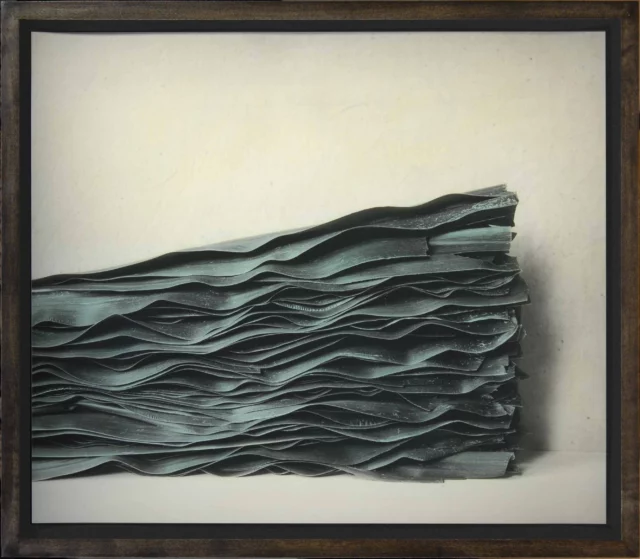
© Translated by Elisa Ottolini
Villegiardini. Riproduzione riservata (©Tutti i diritti riservati)
Ti potrebbero interessare:




